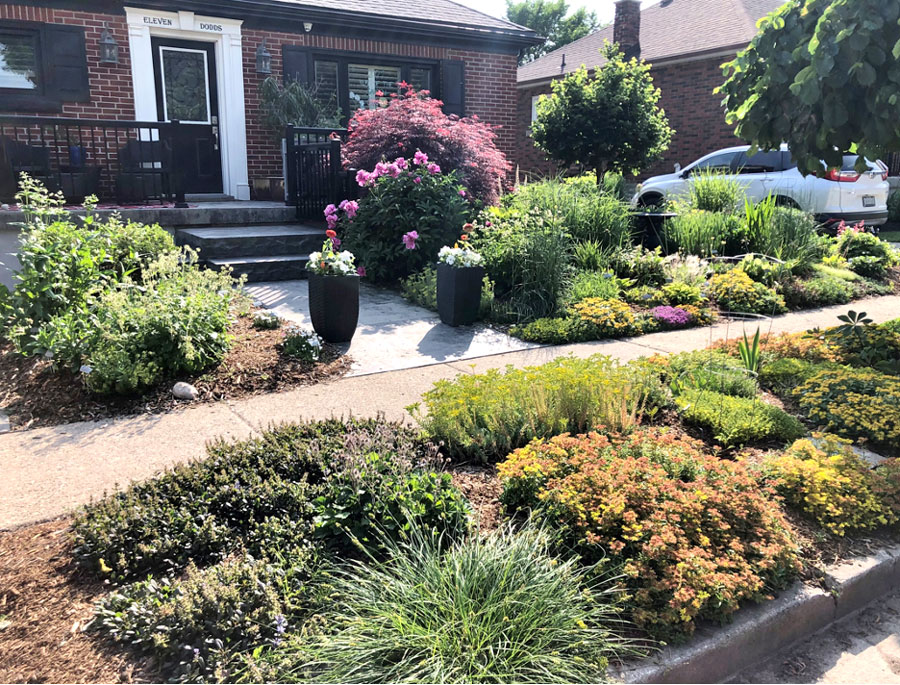GUELPH – When we downsized nine years ago and moved to a little property in The Ward in Guelph, I had one look at the 100% grass yard and immediately told myself that it was a full-sun garden.
As I started to slowly create the gardens, I purchased plants that would do well in the sun. I didn’t give any consideration to the shade.
All I knew was that if we sat out front in the morning in the summer it was hot and if we sat out back in the afternoon it was also sunny.
Well, that was a mistaken assumption.
Some of my plants didn’t succeed and I couldn’t figure out why. Then I started to immerse myself in the gardening life.
I read about mapping out my gardens to determine their sun/shade areas.
I used some graph paper to map out the front and back yards and made three copies. I proceeded to track the shade in both yards.
On the first maps I used shading to indicate the shade at 9am. Then I did the same for 2pm and 7pm. This was in May at the time, so almost full sun above.
I was very surprised to see that I had more shade than I expected.
The neighbour’s large maple tree, the shade from our house and the fence all contributed to my potential shade garden areas.
Off to the garden centers I went to purchase some shade plants! I love having the variety this has allowed in my gardens.
Here are some suggested plants for the various areas using their common names.
Full Sun (at least six hours of direct sunlight daily)
Canadian columbine, wild lupine, serviceberry, blackeyed Susan, coreopsis, coneflowers, blue aster, pearly everlasting, prairie blazing star, foxglove beadtongue, weigela, Russian sage, montbretia, stokes aster, lavender, eastern redbud, candytuft, bee balm and blanket flower.
Full Shade (less than 3 hours of direct sunlight)
Canada anemone, Maidenhair fern, lungwort, bleeding heart, coral bells, painted fern, hostas, false spirea, Japanese maple and autumn stonecrop.
Part-Sun (sun either in the morning or afternoon for 3-6 hours per day)
Helleborus, bear’s breeches, Balloon flower, Blue-eyed grass, Snakeroot and Smooth Aster.
And if you’re interested in converting your boulevard to a garden, you may first want to check with your local bylaws to understand the regulations.
My boulevard in the image above is mostly ground cover, but has a couple of moderate height plants as well for interest.
Any sort of groundcover such as stonecrop, sedum, wooly thyme, blue carpet juniper, dianthus and creeping phlox works well.
I attempt to contain them in groups. Because it’s a boulevard I don’t have to worry about them spreading out of control.
Gardens are a reflection of your interests, and they are unique to you.
Create the space that brings you joy.
It takes time, be patient, research options, and don’t be afraid to ask others with gardens that you admire for some ideas.
Submitted by Rosemary Fernandes-Walker, Guelph Wellington Master Gardeners




